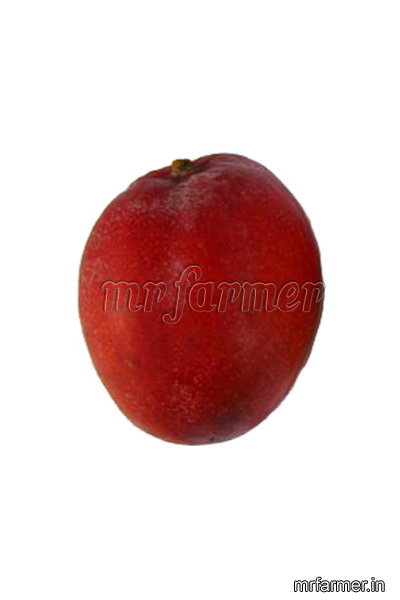Mangifera Indica (Red)

Mango trees are deep-rooted, symmetrical evergreens that attain heights of 90 feet and widths of 80 feet. Mango trees have simple alternate lanceolate leaves that are 6 to 16 inches in length and yellow-green, purple, or copper in color when young. Mature leaves are leathery, glossy, and deep green in color. New leaves arise in terminal growth flushes that occur several times a year. Mature terminal branches bear pyramidal flower panicles that have several hundred white flowers that are about a 1/4 inch wide when open. Most of the flowers function as males by providing pollen, but some are bisexual and set fruit. Pollination is by flies, wasps, and bees. The fruit weighs about 1/4 pound to 3 pounds. Fruit may be round, ovate, or obovate depending on the variety. The immature fruit has green skin that gradually turns yellow, orange, purple, red, or combinations of these colors as the fruit matures. Mature fruit has a characteristic fragrance and a smooth, thin, tough skin. The flesh of ripe mangoes is pale yellow to orange. The flesh is juicy, sweet, and sometimes fibrous. Some undesirable seedlings or varieties are described as possessing a turpentine-like off-taste. The fruit has one seed that is flattened and sticks to the flesh. The seed contains one or more embryos depending on the variety or type.
